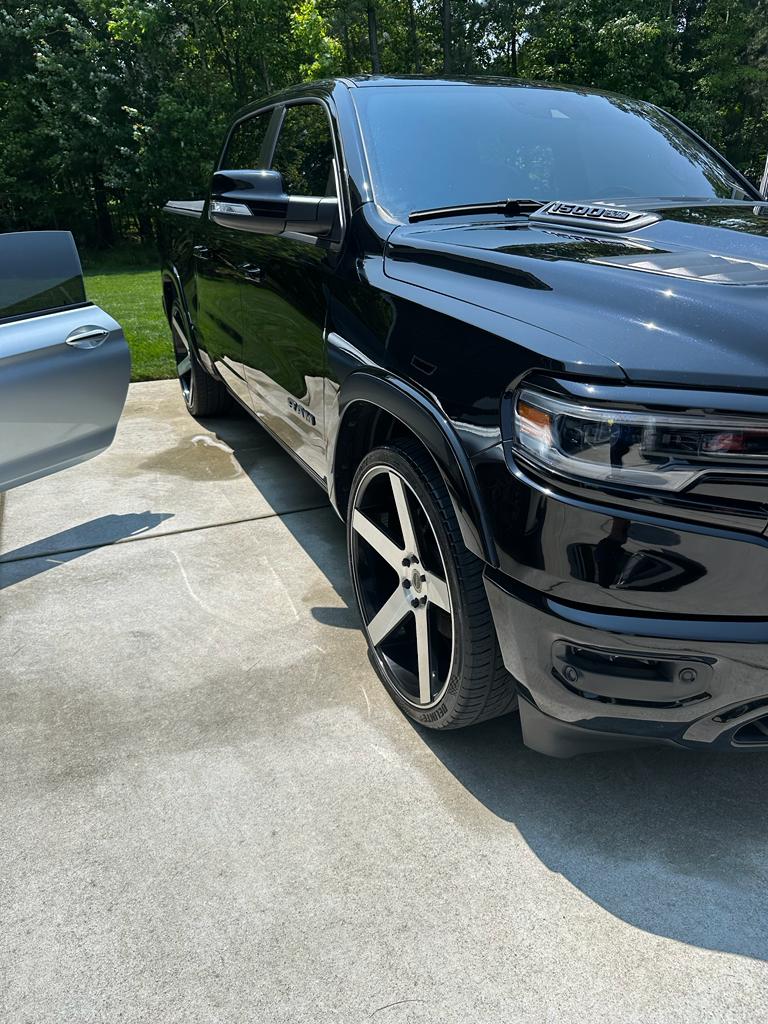June 25, 2023

Welcome to the ultimate guide to car detailing and ceramic coating, where we will unlock the secrets to achieving a showroom-worthy shine for your beloved vehicle. Whether you're a car enthusiast looking to enhance the appearance of your ride or simply someone who wants to keep their car in top-notch condition, this guide is for you. With expert tips, step-by-step instructions, and comprehensive information, we will walk you through the process of car detailing and ceramic coating to ensure your vehicle shines like never before.
Car detailing is not just about washing your car. It is a meticulous process that involves deep cleaning, polishing, and protecting your vehicle's exterior and interior surfaces. By paying attention to every detail, you can achieve a stunning finish that makes your car stand out from the crowd. In this section, we will delve into the secrets of car detailing and how you can unlock the potential to create a showroom-worthy shine.
Car detailing is essential to maintain the aesthetics and value of your vehicle. Over time, dirt, dust, and pollutants can accumulate on the surface of your car, causing it to lose its shine. Regular detailing helps remove these contaminants, restoring the original luster of your car's paintwork. Additionally, car detailing involves protecting your car from harmful UV rays, oxidation, and other environmental factors that can cause damage and fading.
Ceramic coating is a popular choice among car enthusiasts due to its exceptional durability and long-lasting protection. Unlike traditional waxes and sealants, ceramic coatings form a strong bond with the paintwork, creating a protective layer that can withstand harsh conditions. Here are some of the benefits of ceramic coating:
Car washing primarily involves removing dirt and grime from the surface of the car using water and soap. Car detailing, on the other hand, is a more comprehensive process that includes cleaning, polishing, and protecting the car to achieve a showroom-worthy shine.
The frequency of car detailing depends on various factors such as the weather conditions, usage, and personal preference. Generally, it is recommended to detail your car every 3-6 months to maintain its appearance and protect it from environmental damage.
Yes, ceramic coating can be applied by yourself if you follow the proper instructions and have the necessary tools. However, it requires attention to detail and careful preparation to achieve the best results. If you're unsure, it's advisable to seek professional help for ceramic coating application.
The longevity of a ceramic coating depends on various factors such as the quality of the coating, the condition of the car's paintwork, and how well it is maintained. Generally, a ceramic coating can last anywhere from 1 to 5 years, with proper care and maintenance.
Ceramic coatings are primarily designed for paintwork protection. However, there are specialized ceramic coatings available for other surfaces such as glass, wheels, and trim. These coatings provide additional protection and ease of maintenance for specific areas of the car.
It is not necessary to wax your car after applying a ceramic coating. In fact, waxing can interfere with the bonding process of the ceramic coating. The ceramic coating itself provides sufficient protection and gloss, eliminating the need for additional waxing.
Congratulations! You've now unlocked the secrets to achieving a showroom-worthy shine through car detailing and ceramic coating. By following the step-by-step guide and understanding the benefits of these processes, you can elevate the appearance and protection of your beloved vehicle. Remember to regularly maintain your car and provide it with the care it deserves. With proper detailing and ceramic coating, your car will shine like a star on the road.